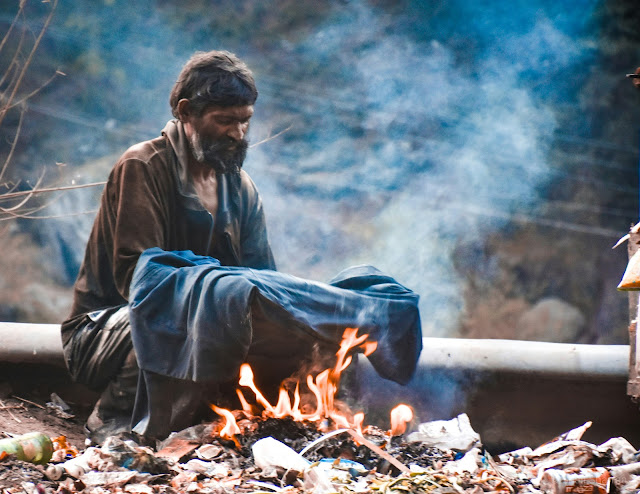There was a time when looking for solid advice about what I could do to stand against tyranny in affirmative ways didn't seem all that important. Times have changed. The following is from 20 Lesson For Fighting Tyranny. Historian and Andrew Carnegie Fellow Timothy Snyder suggests ways to defend democracy with individual actions. I've selected four of the 20 ideas that resonate with me. There's a link to all 20 below.
- Believe in truth. To abandon facts is to abandon freedom. If nothing is true, then no one can criticize power because there is no basis upon which to do so. If nothing is true, then all is spectacle. The biggest wallet pays for the most blinding lights.
- The barrage of mis-statements and lies can seem overwhelming. It's deliberate. He wants us to cave.
- Do not obey in advance. Most of the power of authoritarianism is freely given. In times like these, individuals think ahead about what a more repressive government will want, and then offer themselves without being asked. A citizen who adapts in this way is teaching power what it can do.
- Practice corporeal politics. Power wants your body softening in your chair and your emotions dissipating on the screen. Get outside. Put your body in unfamiliar places with unfamiliar people. Make new friends and march with them.
- Five million protesters is a gaudy number, but not nearly the numbers needed to create a lasting change. It's only a beginning. Small groups working together will make a difference. This requires we make it our intention to stay informed.
- Investigate. Figure things out for yourself. Spend more time with long articles. Subsidize investigative journalism by subscribing to print media. Realize that some of what is on the Internet is there to harm you. Learn about sites that investigate propaganda campaigns (some of which come from abroad). Take responsibility for what you communicate to others.
- https://www.carnegie.org/our-work/article/twenty-lessons-fighting-tyranny/






 Trump is also effectively telling investigators what he believes the outcomes of the investigations should be, NPR’s Tom Dreisbach says. The Trump administration uses over 10 agencies in various ways to get payback. Secret Service protection has been pulled for President Biden’s children, media companies that Trump dislikes, including NPR, face FCC investigations, and universities face investigation from the Department of Education unless they agree to sweeping government demands."
Trump is also effectively telling investigators what he believes the outcomes of the investigations should be, NPR’s Tom Dreisbach says. The Trump administration uses over 10 agencies in various ways to get payback. Secret Service protection has been pulled for President Biden’s children, media companies that Trump dislikes, including NPR, face FCC investigations, and universities face investigation from the Department of Education unless they agree to sweeping government demands."